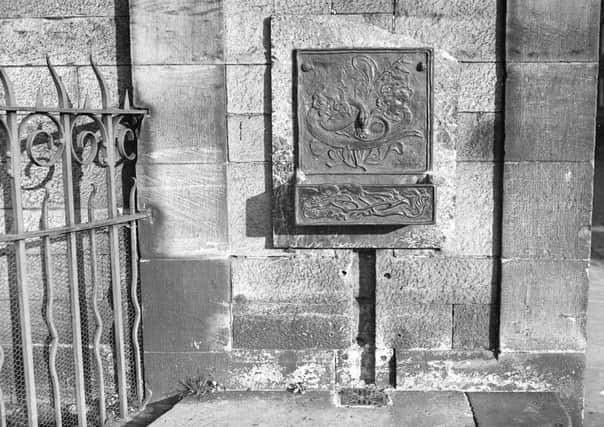The Witches Well: Edinburgh's witch trials memorial
This article contains affiliate links. We may earn a small commission on items purchased through this article, but that does not affect our editorial judgement.


Prior to the Scottish Enlightenment, it is estimated that more than 300 men and women were sentenced to be tried for wizardry and witchcraft either in the Nor’ Loch itself or around its banks.
The process was barbaric with victims being tied up thumb-to-toe, dragged down the muddy slope towards the loch and thrown into the water like rats. If they sank and perished then they were declared free of evil spirits, but if they dared to survive the ordeal, then a swift burning at the stake, designed to emancipate their souls from the clutches of the devil, soon followed.
Advertisement
Hide AdAdvertisement
Hide AdMore people were burned at the stake at Castlehill than anywhere else in Scotland.
The plaque situated beside the Well reads: “This Fountain, designed by John Duncan, R.S.A. is near the site on which many witches were burned at the stake. The wicked head and serene head signify that some used their exceptional knowledge for evil purposes while others were misunderstood and wished their kind nothing but good. The serpent has the dual significance of evil and wisdom. The Foxglove spray further emphasises the dual purpose of many common objects.”
The ‘witches well’ was erected in 1894 and features a bronze relief of witches’ heads entwined by a snake.
As a footnote, the large building containing the Tartan Weaving Centre, which the Witches Well plaque is attached to, was completed in 1851 as the city reservoir, replacing an earlier 17th century structure.
Advertisement
Hide AdAdvertisement
Hide AdLead pipes channelled 135,000 gallons of drinking water direct from Comiston Springs into the city for over 150 years until it closed in 1992. The building was converted into its current guise in 1996.
DOWNLOAD THE EDINBURGH EVENING NEWS APP ON ITUNES OR GOOGLE PLAY
